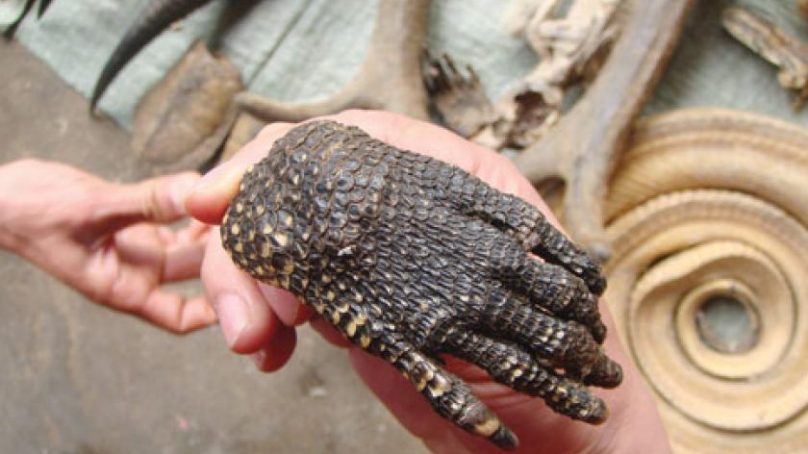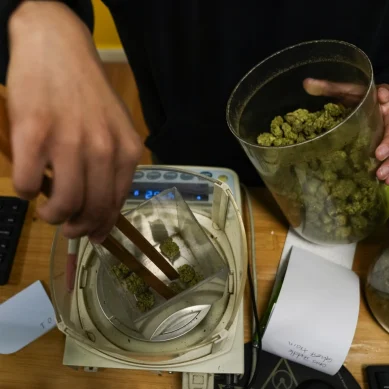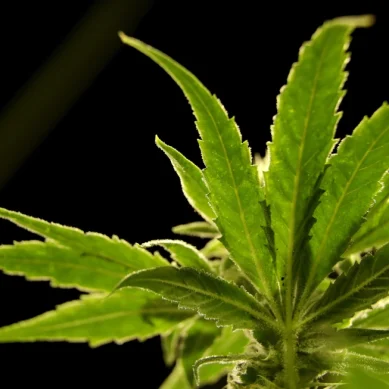
Roughly a million species are threatened with extinction, according to a major international study published last year. And trade and personal use by people is the second leading driver behind habitat destruction, the research established.
Conservation agency, Cites (the Convention on International Trade in Endangered Species of Wild Fauna and Flora) has for many years been unable to quantify the threat posed by illegal harvesting and sale of wildlife. Development of alternative synthetic animal products is currently under consideration to tame illicit trade in flora and fauna.
In the absence data, it has become increasingly difficult to convince governments and security agencies on the need to protect wildlife species endangered with extinction.
Part of the problem, critics say, is that for many species, long-term data on populations are lacking, so that countries can only take a best guess at whether a species is in trouble and, if so, whether that is due to trade.
What is more, a more novel strategy is the development of “synthetic” alternatives to illicitly traded animal products, such as rhino horn and pangolin scales. Introducing cheaper substitutes for wildlife products can drive down prices and reduce illegal harvesting, studies suggest.
An analysis by Dan Challender, a conservation scientist specialising in pangolins and wildlife trade policy at Oxford University, published April 2019 in Frontiers in Ecology and the Environment found that proposals to ban trade under Cites commonly fail to examine markets for wildlife in detail.
Of the 17 proposals that were scheduled for a vote at last August’s meeting, including ones for Brazil’s riverside swallowtail butterfly (Parides burchellanus) and the African elephant (Loxodonta africana), Challender found that all but one lacked detailed trade analyses.
The Cites Secretariat said in a statement that the treaty’s administrators do collect data from countries on legal imports and exports and for some iconic animals they have established more elaborate monitoring systems. The most sophisticated of these tracks illegal killing of elephants and analyses illegal trade.
When wildlife rangers around the world find elephant carcasses, for example, they establish the cause of death and report the information to Cites’s programme on monitoring the illegal killing of elephants (MIKE).
The information is included in a database and analysed to help keep an eye on poaching and trends in illegal trade.
But Challender argues that this is not enough. Decisions to tighten trade, he says, need a comprehensive assessment of the likely consequences of doing so — including information on market factors such as retail prices, sales volumes, consumer preferences and social and cultural attitudes to the consumption of wildlife.
And when the data suggest that outright bans or severe trade restrictions will not work, those who would safeguard wildlife should look to other creative solutions.
“A trade ban may feel intuitively positive but it is difficult to predict the outcome for species,” he says.
Complicating matters are disagreements over how to balance the importance of wildlife for the livelihood of local people and how to best safeguard a species from extinction.
Groups such as Born Free, which prioritise animal welfare, doubt that wildlife trade could ever be sustainable and thus helpful to conservation. Legal trade creates opportunities to launder specimens obtained illegally, say ark Jones, head of policy at the conservation group Born Free, and Alice Stroud, director of Africa policy at Born Free USA, in a statement.
Ivory products from legal and illegal sources were sold side by side in China prior to the country’s domestic ban on ivory trade in 2017, for example.
But some wildlife trade analysts note that sustainable trade provides a livelihood for people in many communities and constitutes big business in countries like China.
Banning or restricting trade when there is little evidence to suggest that tighter controls may help a species, they say, can harm local communities and shift countries’ limited conservation funds away from neglected species.
“From our perspective, a [trade ban] is more a sign of conservation failure rather than a goal to strive for,” Sabri Zain, director of policy for TRAFFIC, a non-profit group working to make the wildlife trade more sustainable, adds — because, he says, a ban shows that previous efforts to restrict trade through limited export permits failed to help populations recover.
Zain wants to see more effort put into making trade restrictions work for species by, for example, better assessing species’ populations and how much trade a given population can handle. If these additional efforts fail, countries could then consider a ban.
The Cites spokespeople acknowledged that legal wildlife trade is essential for the livelihoods of many local people but that the extensive data collection advocated by Challender would be too time-consuming and expensive if done for every species under threat. Still, they added, the convention has made improvements.
Since 2017, it requires countries to report data on illegal trade garnered from seizures and other violations. Member countries have contracted the United Nations Office on Drugs and Crime to develop a database of countries’ illegal trade to make data analysis easier. The office has produced two detailed global reports, the most recent in July of this year.
Many experts believe that Cites has a key role to play, but they fear that the wildlife trade is too big and complex for Cites to manage alone. And the international marketplace in wildlife — legal and illicit — stands to grow in the future, Scheffers says.
Currently, more than 7,600 species of birds, mammals, amphibians and reptiles are traded globally, and Scheffers predicts that another 4,000 or more could be traded in the future. It is not clear that Cites alone can cope with the scale of the problem. The wildlife trade is widespread across species in all four groups of vertebrate land animals, with more birds and mammals traded compared to reptiles and amphibians.
So, what is the answer? In a paper in the Annual Review of Environment and Resources, Michael ‘t Sas-Rolfes, a sustainability economist specialising in the wildlife trade at the University of Oxford, discusses a range of measures beyond Cites that he thinks could make the treaty more effective.
One key tool is local detection of illegal activity, courtesy of new geospatial technologies, in order to catch more poachers. An example is the Spatial Monitoring and Reporting Tool, developed in 2011 by six conservation organisations and now in use in more than 60 countries in Africa, Asia, South America and the Caribbean.
Rangers input data onto handheld devices as they patrol. The software takes data on areas surveyed, snares removed and arrests made, and converts them into maps. It also allows rangers to take photos for evidence and identification that the software tags with time and place stamps.
Data are updated in real time, helping to connect rangers in the field to command centres elsewhere, aiding operations as they happen. And knowing where poaching and smuggling has occurred can help rangers better plan patrols and so improve enforcement, the technology’s creators say.
They report that the software has saved rangers time and helped operations run more smoothly. That has reportedly contributed to a 67 per cent increase in patrols at protected areas in Nigeria managed by the Wildlife Conservation Society, one of the nine groups — and a 71 per cent reduction in gorilla hunting there.
Researchers have had some success making biofabricated horn from horsehair that is reportedly identical to the wild rhino horn, but the product is not yet on the market and its acceptance — and thus, any conservation benefits — remains to be seen.
In a similar vein, Conservation X Labs, a technology company in Washington, DC, that works on solutions to conservation challenges, hopes to develop synthetic pangolin scales as a substitute for the wild-caught product.
Alex Dehgan, the company’s cofounder and chief executive, says the project is still in very early stages.
Another, controversial, approach is to raise animals such as lions and bears in captivity to help satisfy consumer demand for wildlife products while protecting wild populations. Such wildlife farming initiatives have had mixed results.
South Africa, for example, has legally exported farmed lion parts to Southeast Asia and China to replace the use of wild large cats for tiger wines and health tonics, research reports.
But the programme has also been widely criticised for poor animal welfare standards and wildlife conservation organizations argue that the practice provides cover for illegal trade.
“A legal trade removes the stigma attached to wildlife products consumption and increases demand,” Jones and Stroud say.
Cites would also have more teeth if its efforts were linked with other international conservation agreements, Brett Scheffers, a wildlife ecologist at the University of Florida, says — he suggests partnership with the United Nations Programme on Reducing Emissions from Deforestation and Forest Degradation. This would help to foster initiatives that support forest-dwelling people who depend on the wildlife trade for their livelihoods.
Local people who are directly affected by Cites rules struggle to get their views and experiences heard in Cites decision-making, Scheffers says. For him and some other experts, this is among the convention’s biggest flaws.
- A Knowable Magazine report / Natasha Gilbert











